
A planet in peril
The effects of deforestation on the Earth are massive. Land is routinely cleared and degraded for agriculture and the production of wood and paper products. National Geographic calls this plight a “forest Holocaust,” reporting that more than 80 percent of the planet’s natural forests have been lost to deforestation. The U.S. State Department estimates that forests “four times the size of Switzerland” are destroyed every year. Deforestation’s impact on climate change has piqued NASA’s interest in documenting its progress across the globe. Here are seven examples of deforestation as seen from space. (Text: Katherine Butler)
1. Deforestation in Niger
 Source: United Nations Environment Programme (UNEP). From Africa Atlas of our Changing Environment (2008); Division of Early Warning and Assessment (DEWA), UNEP, Nairobi, Kenya. Source: United Nations Environment Programme (UNEP). From Africa Atlas of our Changing Environment (2008); Division of Early Warning and Assessment (DEWA), UNEP, Nairobi, Kenya. |
Pictured here is the Baban Rafi Forest, which NASA calls the most significant piece of woodland in the Maradi Department of Niger. This area is located on the southern edge of the Sahara Desert in Africa. On the left is Jan. 12, 1976. On the right, Feb. 2, 2007. NASA points out that the darker green areas in the 1976 photo represent the natural landscape of savannah and Sahelian vegetation. In the 2007 photo, these areas are greatly reduced, largely because the population in the area quadrupled. Agricultural demands are a major reason deforestation has increased so dramatically in the past decades. As in the case here, farmers often use these lands at near-continual production, giving the land virtually no time to recover its fertility.
2. Deforestation in Bolivia
What exactly does deforestation mean for our planet? First, Earth’s forests provide critical habitats for millions of plants and animals. National Geographic estimates that as much as 70 percent of the world’s plant and animal species live in forests and cannot survive without their habitat. Experts believe that tropical forests such as these contain as much as 50 percent of the world’s biodiversity. They are declining at a rate of 2 percent of their mass a year, and may be reduced by as much as 25 percent of their original mass by the end of the 21st century.
3. Deforestation in Kenya
 Source: United Nations Environment Programme (UNEP). From Kenya Atlas of our Changing Environment (2009); Division of Early Warning and Assessment (DEWA), UNEP, Nairobi, Kenya. Source: United Nations Environment Programme (UNEP). From Kenya Atlas of our Changing Environment (2009); Division of Early Warning and Assessment (DEWA), UNEP, Nairobi, Kenya. |
Here we see the effects of deforestation in the Mau Forest Complex, which NASA describes as “Kenya's largest closed-canopy forest ecosystem and the most important water catchment in the Rift Valley and western Kenya.” On the left is Jan. 31 through Feb. 1, 1973. On the right is Dec. 21, 2009. Since 2000, as much as a quarter of the forest has been lost, as shown by the yellow arrows in the images. The loss of trees in the planet’s water cycle is critical to the advancement of climate change. Trees return water vapour back into the atmosphere, as well as provide ground cover for moist soils. Their removal exposes land to the drying effects of the sun, further aerating dry lands. What’s more, trees and vegetation play an important role in absorbing greenhouse gases.
4. Deforestation in Haiti
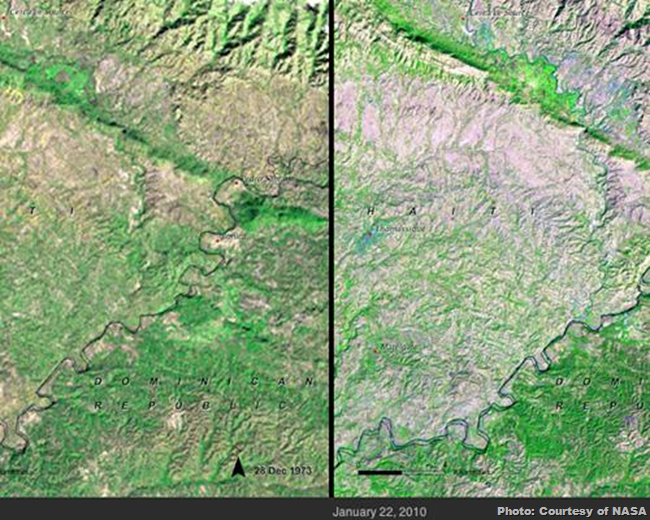 Source: United Nations Environment Programme (UNEP). From Latin America and the Caribbean Atlas of our Changing Environment (2010). Source: United Nations Environment Programme (UNEP). From Latin America and the Caribbean Atlas of our Changing Environment (2010). |
Here we see the border of Haiti and the Dominican Republic. On the left is Dec. 28, 1973. On the right is a snapshot taken Jan. 22, 2010. These photos perhaps best exemplify the political and economic strife that can exacerbate deforestation in a region. In the 2010 image, you can see significant deforestation on the Haiti side, with less occurring in the Dominican Republic. Often, the worst examples of deforestation often occur in areas in desperate need of political stability, as rising populations and unstable economies can lead to a greater encroachment on undeveloped lands. NASA calls Haiti embroiled in crisis “without parallel,” plagued by both a 2004 political coup against then-President Jean-Bertrand Aristide, and the more recent devastating earthquake of 2010 that killed more than 300,000 people.
5. Deforestation in Paraguay
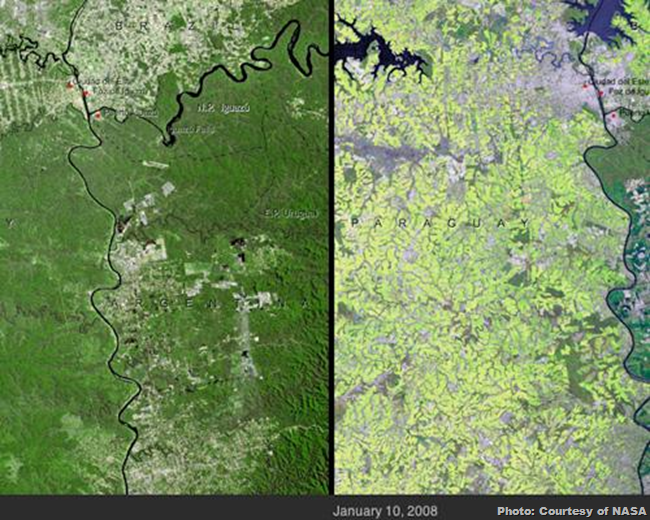 Source: United Nations Environment Programme (UNEP). From Latin America and the Caribbean Atlas of our Changing Environment (2010). Source: United Nations Environment Programme (UNEP). From Latin America and the Caribbean Atlas of our Changing Environment (2010). |
There are two different kinds of rain forest, temperate and tropical. Both rain forests are notable for having a high accumulation of rainfall when compared to plant growth. Temperate rain forests generally have a lower rate of evaporation and cooler temperatures. They are much rarer and occur in coastal regions at 37-60° latitude. Both kinds of rain forests are found on every continent except Antarctica, and only 50 percent of these forests remain on Earth.
Here we see part of the South American Atlantic Forest, which NASA calls one of the most threatened tropical rain forests on Earth. On the left is Feb. 23, 1973. On the right is Jan. 10, 2008. In almost three decades, the forest has been cut down to only 7 percent of its original size. The forest runs along the Atlantic coast through parts of Brazil, Paraguay and Argentina. However, it is the Paraguay part of the forest that has been most decimated. Tropical rain forests of our planet play a key part in cooling the planet. And this is not just South America’s problem. “Tropical deforestation will disrupt rainfall pattern far outside the tropics, including China, northern Mexico, and the south-central United States,” writes NASA.
6. Fires along Rio Xingu, Brazil
One of the most utilized methods of deforestation is the “slash-and-burn” technique used to clear farmland. Trees large and small are cut down and burned to make way for agriculture or livestock use. The negative effects of slash-and-burn techniques are compounded by the releases of excessive amounts of carbon dioxide and methane into the atmosphere. Trees are vital to the Earth’s water cycle and cooling ability, and their very destruction exacerbates the issue.
Slash-and-burn techniques have been used excessively in the Amazon rain forest since the 1960s. Here we see a photo taken from the International Space Station, showing slash-and-burn along the Rio Xingu, or Xingu River, in Matto Grasso, Brazil. “For a sense of scale, the river channel is approximately 63 kilometres (39 miles) long in this view.” writes NASA of this photo. One-fifth of the world’s fresh water supply is found in the Amazon basin.
7. A perfect storm
While many may think of the destruction of the rain forests as a third-world problem, it is an issue of concern for the entire planet. Dust storms have increased in strength and occurrence in the past decades around the world. NASA directly connects the rapid repetition of strong dust storms in China to deforestation. Here we see an immense dust storm traveling across Jilin Province in northeastern China, which eyewitnesses said left “the skies as dark as midnight.”
In saving the rain forests, we may ultimately save much more than that. Nature.org points out that at least 2,000 tropical forest plants have been identified as having anti-cancer properties. Further, the U.S. National Cancer Institute has identified 70 percent of plants as useful in the treatment of cancer - plants that are found only in rain forests. While efforts have been made to curb deforestation around the globe, much more needs to be done. You can learn more about the preservation of rainforests here.
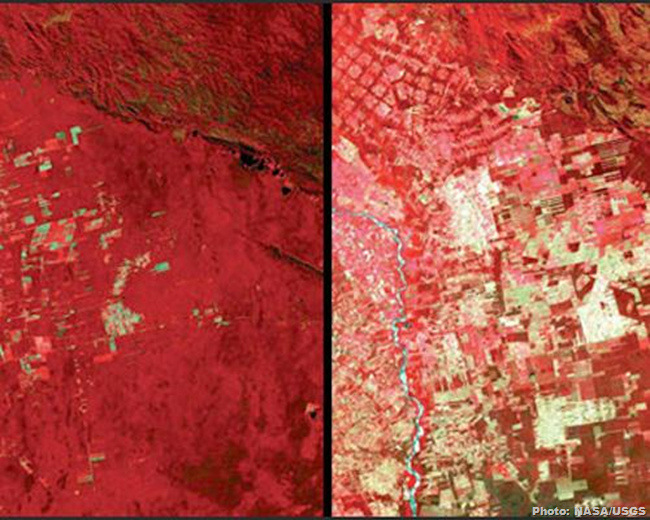
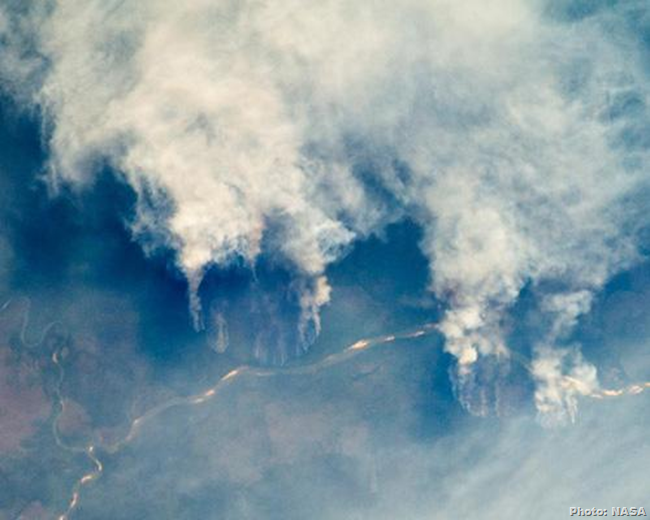
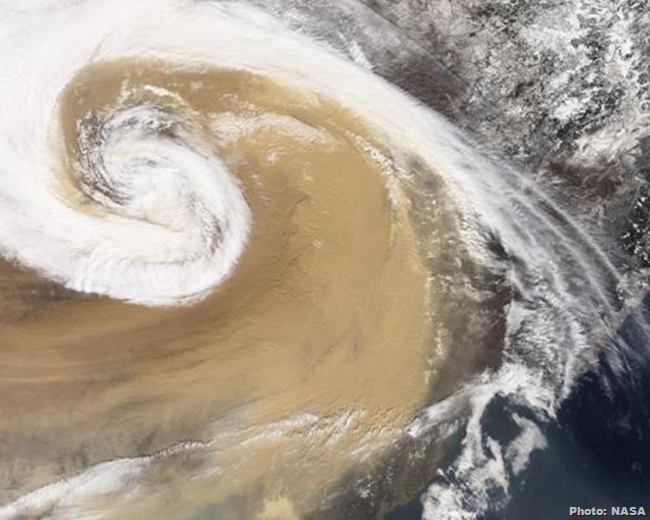
No comments:
Post a Comment
Please adhere to proper blog etiquette when posting your comments. This blog owner will exercise his absolution discretion in allowing or rejecting any comments that are deemed seditious, defamatory, libelous, racist, vulgar, insulting, and other remarks that exhibit similar characteristics. If you insist on using anonymous comments, please write your name or other IDs at the end of your message.